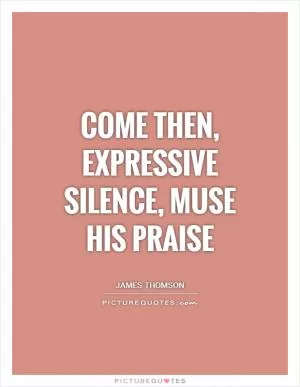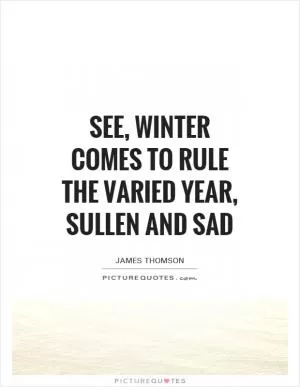While I deduce, from the first note the hollow cuckoo sings, the symphony of spring

While I deduce, from the first note the hollow cuckoo sings, the symphony of spring
James Thomson, the 18th-century Scottish poet, was known for his vivid descriptions of nature and his ability to capture the essence of the changing seasons in his works. In his poem "Spring," Thomson beautifully portrays the arrival of spring through his use of imagery and sensory language. The line "While I deduce, from the first note the hollow cuckoo sings, the symphony of spring" perfectly encapsulates Thomson's talent for evoking the sights and sounds of the natural world.The mention of the "hollow cuckoo" immediately transports the reader to a woodland setting, where the distinctive call of the cuckoo bird signals the arrival of spring. The cuckoo's call is often associated with the changing of the seasons, as it is one of the first sounds to be heard in the springtime. Thomson's choice of the word "hollow" to describe the cuckoo's note adds a sense of depth and resonance to the sound, as if it is echoing through the forest and heralding the arrival of a new season.
The phrase "the symphony of spring" further emphasizes the idea of nature coming to life after the long winter months. Thomson likens the sounds of the natural world to a symphony, suggesting that each bird's song, each rustle of leaves, and each babbling brook all contribute to the beautiful and harmonious music of spring. The use of the word "symphony" also implies a sense of order and organization in nature, as if each element has its own part to play in the grand composition of the season.
Overall, Thomson's line "While I deduce, from the first note the hollow cuckoo sings, the symphony of spring" captures the essence of his poetic style and his deep connection to the natural world. Through his evocative language and keen observations, Thomson invites the reader to experience the beauty and wonder of springtime in all its glory.












 Friendship Quotes
Friendship Quotes Love Quotes
Love Quotes Life Quotes
Life Quotes Funny Quotes
Funny Quotes Motivational Quotes
Motivational Quotes Inspirational Quotes
Inspirational Quotes